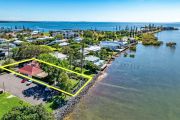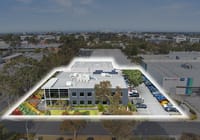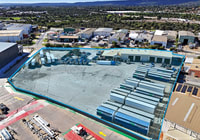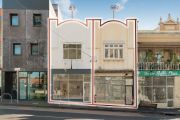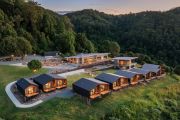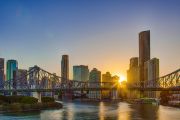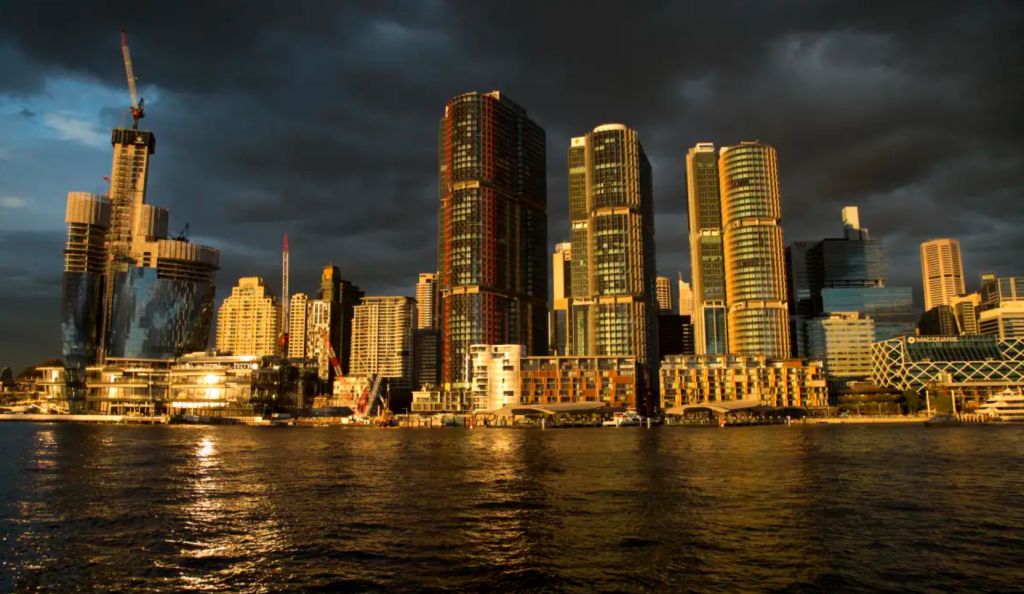
New City of Sydney net-zero rules boost values of green buildings
The City of Sydney’s net-zero rules for new developments will boost the value of cleaner, greener office towers, with the gap in price between prime assets and older buildings already widening, according to analysts.
Under the requirements, new office buildings, hotels and shopping centres, along with major redevelopments of existing buildings, must have minimum 5.5 NABERS (National Australian Built Environment Rating System) energy ratings from January next year. New developments must also achieve net-zero carbon in their energy use from 2026.
The new rules, endorsed by the council last month, are likely to accelerate what property chiefs have called a “bifurcation” in the post-pandemic market between new or revitalised towers and older buildings, as major corporates increasingly switch into better accommodation as part of their effort to secure talent.
“This focus on energy efficiency and sustainability, coupled with the concept of flight-to-quality in terms of office tenants’ preferences, highlights that in the longer term, REITs with cleaner portfolios should outperform the market on operational metrics,” Morgan Stanley analysts wrote in a client note assessing the impact of the City of Sydney’s new requirements.
Top-listed landlords such as Dexus, Mirvac and GPT already have energy ratings across their office portfolio of 5 stars or above. The new rules do not require existing buildings to achieve the 5.5 star standard by January next year.
“However, in the longer term, as new assets get rolled out, there may be pressure on REITs to upgrade their ratings to stay competitive,” Morgan Stanley’s Simon Chan and Lauren Berry wrote.
Currently, there is minimal difference in the rents being levied on tenants in buildings of 5.5-6.0 stars, compared to those in 4.5 star-rated buildings, the analysts noted.
“However, as we get an influx of more efficient assets into the market, the risk is the lower rated assets could suffer from higher vacancy as tenants prefer to be located in buildings that meet the green benchmarks. On the valuation front, this means cleaner buildings are likely to remain robust, especially in a downturn.”
That shift in value is already becoming apparent, with capital values for premium and A-Grade office assets increasing at a faster rate than B-grade assets since the onset of COVID-19, according to Colliers.
For the Sydney CBD, the average capital value of premium office space increased by 11.2 per cent to around $28,000 per square metre from June 2019 to June 2022. Colliers expects premium values will rise another 12.1 per cent over the next three years.
By contrast, B-grade assets only increased 6.7 per cent to around $16,000 per sq m over the three years to June 2022. Values in that sector are likely to fall 5.8 per cent over the next three years.
Adam Woodward, Colliers head of capital markets, said that not only was the war for talent driving a flight to quality, it was also reflected in the take-up of space. Of the 16,800 sq m of net take-up across the Sydney CBD tracked over the 2022 first half, 78 per cent of net change in area was for prime grade assets.

